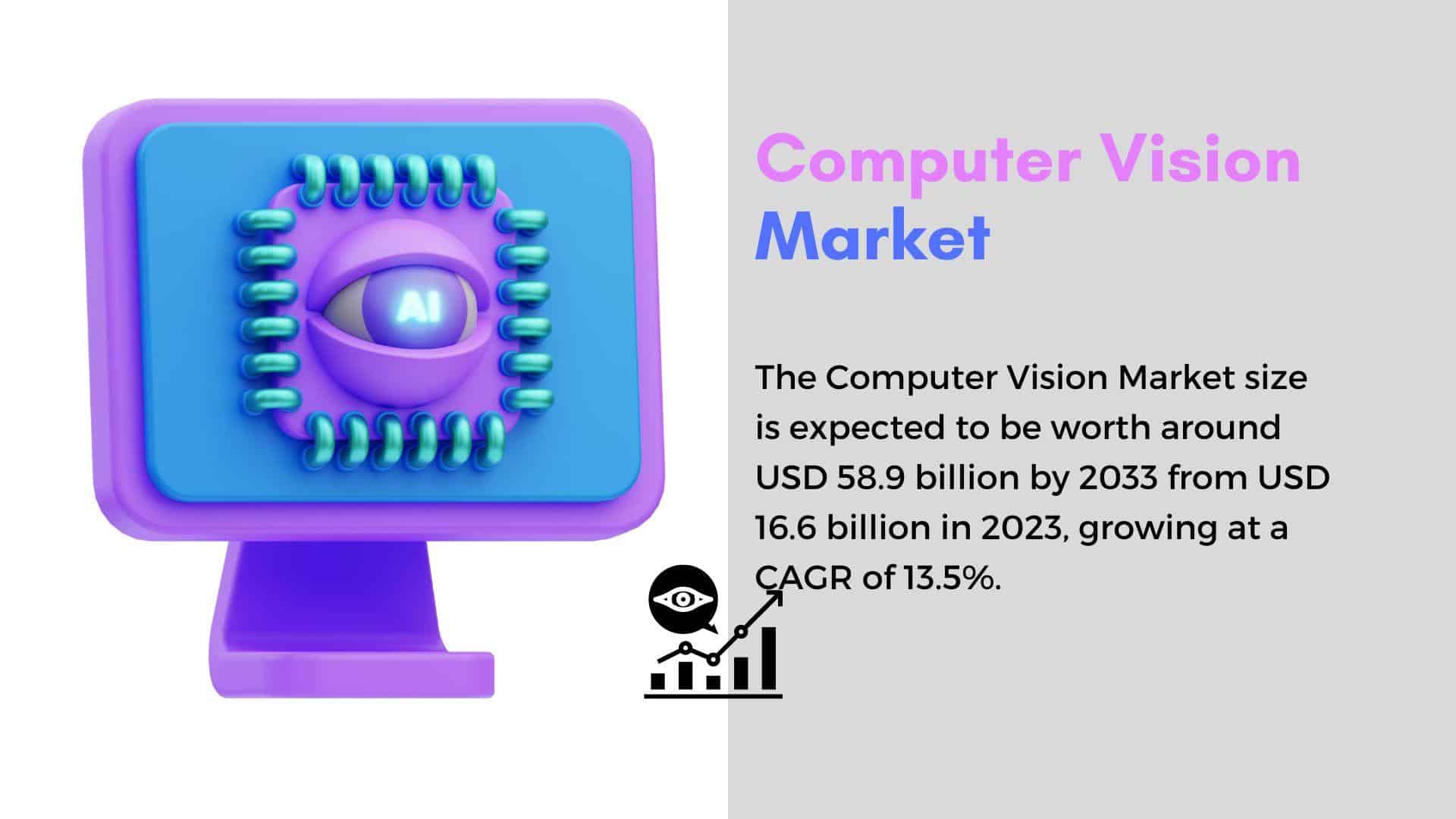Digital Wallets Signal Shifting Financial Landscape
3 min read
With Thursday’s (March 21) Department of Justice (DOJ) antitrust suit against Apple, digital wallets are top of mind.
And moving over to the Web3 space, on Wednesday (March 20) Bitget Wallet, the digital wallet from the Bitget cryptocurrency exchange, announced it had reached 20 million users — cementing its place as the world’s fourth largest Web3 wallet and the largest in Asia.
Per the release, the Bitget wallet offers a comprehensive range of features, including asset management, intelligent market data, swap trading, launchpad, inscribing, and DApp browsing. Currently, Bitget Wallet supports over 250,000 cryptocurrencies.
But even apples and oranges have more in common than the Bitget Wallet and Apple’s digital wallet do. Apples and oranges, at least, are both fruits. Web3 wallets and traditional digital wallets, while they both store value and facilitate transactions, operate in entirely distinct ways due to the nature of the assets they handle — and the regulations to which those assets and their behavior and movement are subject.
The only similarity digital wallets and Web3 wallets share is that they both stand as proof points that the very nature of financial services and payments are changing — and digitizing — at a fundamental level, and that the engine of this change is being powered by an ongoing evolution of consumer expectations around the convenience, security and speed of commerce.
Read more: The Apple Pay Threat Facing Banks
Digital Wallets Reflect Change in Behavior Around Shopping, Payments
As PYMNTS CEO Karen Webster wrote earlier in the week (March 18), digital wallets are how consumers seem to want to manage the everyday transactional parts of their lives — how they pay, who they pay, how much they spend and how much they have left to spend. It’s one of the reasons so many consumers gravitate to the everyday app concept. According to PYMNTS Intelligence, three-quarters of consumers say they want the convenience and simplicity of such a tool.
Web3 wallets, like the one Bitget has successfully scaled to 20 million users, operate in a decentralized environment. They allow users to manage their funds directly on blockchain networks without the need for intermediaries. Users have full control over their private keys, which are used to access and manage their cryptocurrency holdings.
Web3 wallets serve as a gateway to bankless financial services. Proponents believe they offer more use cases beyond the scope of traditional digital wallets, which are primarily used for everyday transactions, such as purchasing goods and services, paying bills or transferring money between accounts. Cryptocurrency wallets can be used for investment, trading on cryptocurrency exchanges, peer-to-peer transactions, and participation in decentralized finance (DeFi) platforms.
The Bitget wallet, for example, claims in the statement announcing its user growth that the wallet’s comprehensive infrastructure includes advanced market analysis tools, encompassing full-chain trend analysis, multi-dimensional market rankings and smart money insights, covering 100 mainstream blockchains.
Still, Web3 wallets often require users to understand concepts such as private keys, seed phrases and gas fees, which can be daunting for individuals unfamiliar with blockchain technology. This complexity can act as a barrier to adoption, particularly for mainstream users who are accustomed to the simplicity of traditional financial services.
See also: Would You Sell Your House for Bitcoin? People Do
If users lose access to their private keys or forget their seed phrases, they may permanently lose access to their funds. This lack of password recovery mechanisms, while enhancing security, also increases the risk of irreversible loss due to user error.
Additionally, the proliferation of different blockchain networks and protocols has led to interoperability challenges, with Web3 wallets often limited in their ability to interact seamlessly across multiple platforms. This fragmentation can hinder the adoption of decentralized applications and limit the potential benefits of blockchain technology.
And of course, the major difference between Web3 wallets and digital wallets is that Web3 wallets don’t boast anywhere near the same degree of merchant acceptance, usability or payments utility that digital wallets do. Rather, they are for the most part a method of storing value and making speculative bets on volatile cryptocurrencies.
Meanwhile, PYMNTS Intelligence finds that traditional digital wallets top the innovation agenda for media and telecom platforms, showcasing their real-world utility within the commercial sphere.
link







